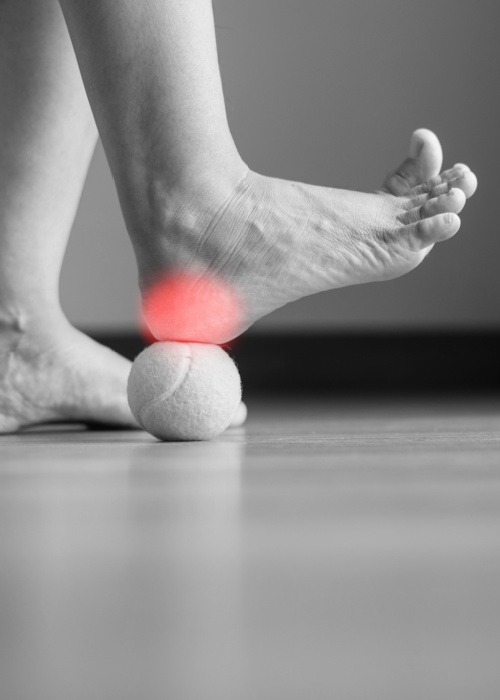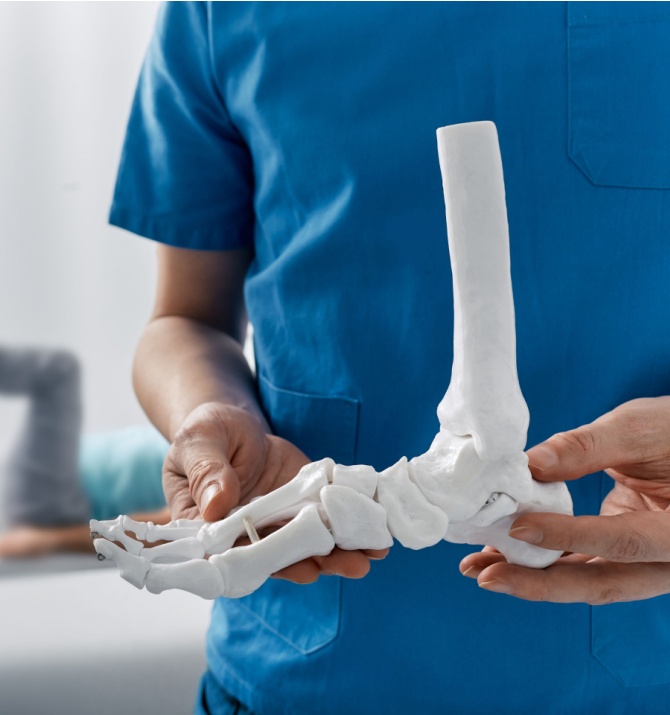Plantar fasciitis is a common cause of heel pain, often felt as a sharp, stabbing discomfort with your first steps in the morning or after long periods of rest. It occurs when the plantar fascia—the thick band of tissue connecting your heel to your toes—becomes inflamed or irritated due to overuse, small tears, or excessive strain. This condition is especially common in runners, people who spend long hours on their feet, individuals with flat feet or high arches, and those wearing shoes with poor arch support. Left untreated, plantar fasciitis can make walking, exercising, and daily activities increasingly painful.
Early treatment is key to recovery and may include rest, stretching exercises, ice therapy, and supportive footwear to relieve pressure and promote healing. At Summit Health Group, we provide comprehensive care, including advanced therapies like Platelet-Rich Plasma (PRP) therapy, which naturally reduces inflammation, encourages tissue repair, and restores mobility so you can get back to pain-free movement faster.


